1.What are the key features to choosing a canopy tent?
Size:
- Determine the size of the canopy tent based on the space available and the number of people or items it needs to accommodate.
Frame Material:
- Choose a frame material that suits your preferences and requirements. Common materials include steel, aluminum, and fiberglass, each offering a balance of strength and weight.
Canopy Material:
- Consider the material used for the canopy itself. Polyester and vinyl are popular choices, and the thickness of the material can affect its durability and resistance to weather elements.
Portability:
- Assess the ease of portability, especially if you plan to transport the canopy frequently. Look for features like a compact design, lightweight materials, and a carrying case.
Setup and Assembly:
- Opt for a canopy with a straightforward setup process. Features like a pop-up design or a simple assembly system can save time and effort during installation.
Weather Resistance:
- Check the canopy’s weather resistance, including UV protection, water resistance, and overall durability to ensure it can withstand different weather conditions.
Ventilation:
- Consider the ventilation options to prevent heat buildup inside the canopy. Look for models with mesh sidewalls or adjustable vents for improved airflow.
Height Adjustment:
- Choose a canopy with adjustable height settings to accommodate various setups and provide flexibility for different events.
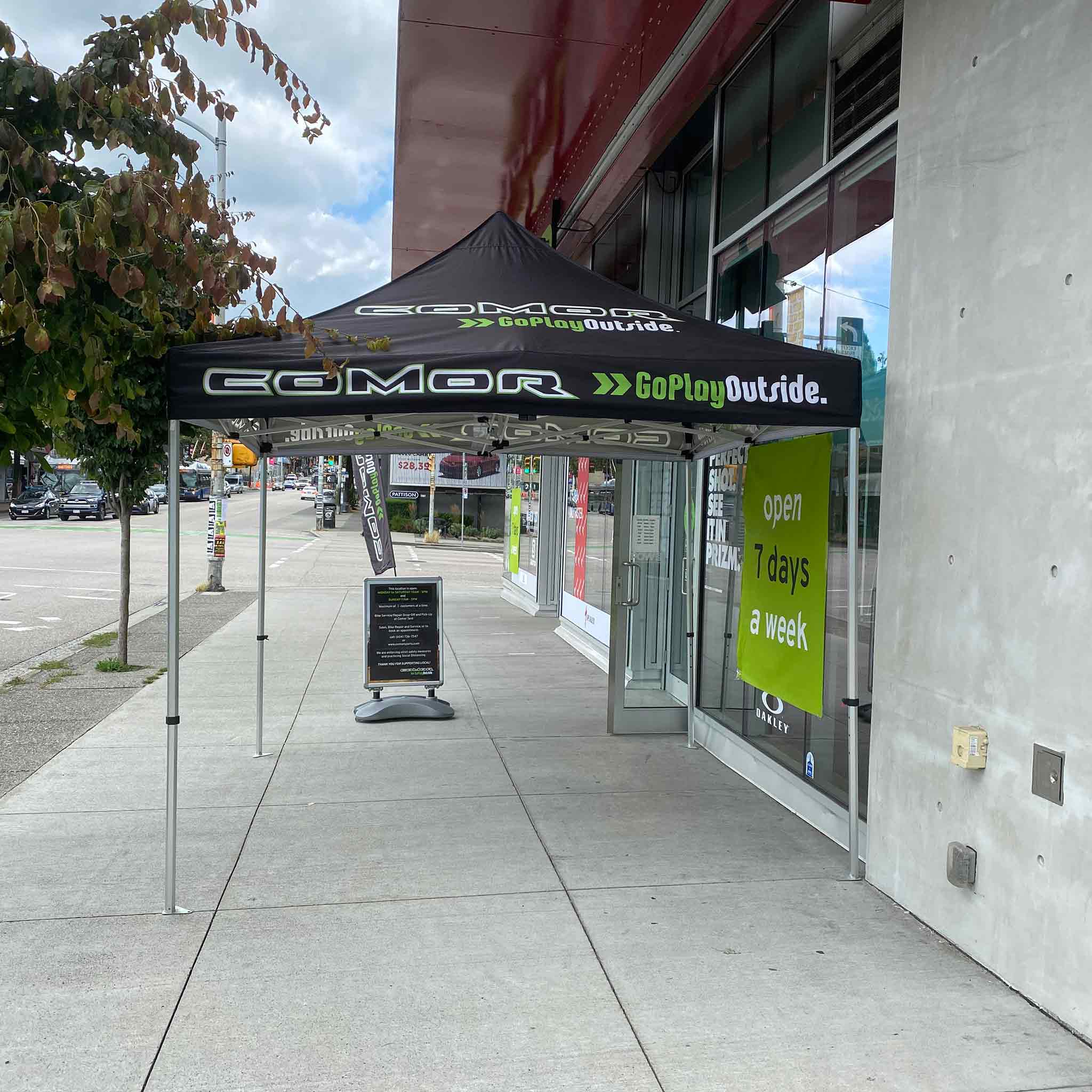
2.How does a pop-up canopy tent differ from traditional canopy tents?
Setup Process:
- Pop-Up Canopy Tent:
- The defining feature of a pop-up canopy is its quick and easy setup process. These tents typically have a collapsible frame that can be expanded or “popped up” with minimal effort.
- Pop-up canopies are designed for swift assembly, often requiring only a few people to extend the frame and secure the canopy in place.
- Traditional Canopy Tent:
- Traditional canopy tents usually involve a more intricate setup process. They often require connecting multiple poles, attaching the canopy fabric, and securing the structure with additional components.
- Pop-Up Canopy Tent:
Frame Design:
- Pop-Up Canopy Tent:
- Pop-up canopies feature a frame with a scissor-like or accordion-style design. This allows the frame to collapse and expand quickly.
- The frame typically has a central hub where the legs and other components fold into, facilitating the pop-up action.
- Traditional Canopy Tent:
- Traditional canopy tents may have a frame consisting of multiple poles that need to be assembled and connected.
- The frame design is usually more complex, requiring users to follow a specific sequence for proper assembly.
- Pop-Up Canopy Tent:
Portability:
- Pop-Up Canopy Tent:
- Pop-up canopies are known for their high portability. The collapsible frame and lightweight materials make them easy to transport.
- They often come with a carrying bag or case for convenient storage and transportation.
- Traditional Canopy Tent:
- Traditional canopy tents can be bulkier and less portable due to their multi-piece frame design.
- While they may still be portable, they may require more effort to disassemble and transport.
- Pop-Up Canopy Tent:

3.What makes a canopy club an ideal choice for social gatherings or events?
Choosing a canopy club for social gatherings or events can offer several advantages, creating an ideal environment for attendees. Here are key factors that make a canopy club an excellent choice:
Outdoor Ambiance:
- A canopy club typically provides an outdoor setting, allowing guests to enjoy natural surroundings and fresh air.
- The open-air ambiance enhances the overall experience, creating a relaxed and enjoyable atmosphere.
Shelter and Shade:
- Canopy clubs are equipped with overhead canopies or tents, offering shelter and shade. This is particularly beneficial for events held in sunny or unpredictable weather conditions.
- Attendees can comfortably socialize, dine, or participate in activities without being exposed to direct sunlight or light rain.
Versatility of Use:
- Canopy clubs are versatile spaces that can be adapted to various event types, including parties, weddings, corporate gatherings, and social events.
- The open design allows for flexibility in arranging seating, entertainment, and other elements to suit the specific requirements of the occasion.
Customization Options:
- Canopy clubs often provide opportunities for customization. Event organizers can decorate the space according to a theme, brand the venue with logos, and personalize the overall look and feel.
- Customization allows hosts to create a unique and memorable experience for guests.
Spacious Layout:
- The layout of a canopy club is generally spacious, accommodating a significant number of guests comfortably.
- The ample space allows for various activities, entertainment, and mingling, making it suitable for larger gatherings.
Natural Lighting and Views:
- With an outdoor setting, canopy clubs benefit from natural lighting during the day.
- Guests can enjoy scenic views, whether it’s a garden, waterfront, or other picturesque surroundings, contributing to a visually appealing and refreshing environment.
Connection with Nature:
- Being outdoors, canopy clubs provide a connection with nature, fostering a sense of relaxation and well-being among attendees.
- This connection can enhance the overall experience of the event, making it more enjoyable and memorable.
Adaptability to Night Events:
- Canopy clubs can also be adapted for evening events. String lights, lanterns, or other lighting fixtures can be incorporated to create a magical atmosphere during nighttime gatherings.
Comfortable Seating Options:
- Canopy clubs often offer comfortable seating options, ranging from lounge areas to formal dining setups.
- Attendees can choose the seating arrangement that suits their preferences, contributing to a more enjoyable experience.
Accessibility and Convenience:
- Canopy clubs are often designed with accessibility in mind. They provide convenient access points for guests and are usually equipped with necessary facilities.

4.What advantages do pop-up canopies offer compared to other types of shelters?
Ease of Setup:
- One of the primary advantages of pop-up canopies is their quick and straightforward setup. The pop-up mechanism allows the canopy to be easily assembled without the need for complicated tools or extensive instructions.
Portability:
- Pop-up canopies are designed to be lightweight and portable. They often come with carrying bags, making them convenient to transport to different locations. This portability is especially beneficial for events, trade shows, camping, and recreational activities.
Compact Storage:
- When not in use, pop-up canopies can be collapsed into a compact size. This makes them easy to store in small spaces, such as a garage, closet, or vehicle trunk. The compact storage is ideal for users with limited storage space.
Versatility:
- Pop-up canopies are versatile and suitable for a wide range of applications. They can be used for outdoor events, picnics, beach outings, camping, trade shows, farmer’s markets, and more. Their adaptability to different settings contributes to their popularity.
Customization Options:
- Many pop-up canopies come with customization options, allowing users to add sidewalls, banners, and printed logos. This customization not only enhances the aesthetic appeal but also provides branding opportunities for businesses and organizations.
Temporary Shelter:
- Pop-up canopies provide temporary shelter from the sun, rain, and other weather elements. They are a quick and effective solution for creating a comfortable and shaded space during outdoor activities or events.
5.What factors should be prioritized when selecting an outdoor canopy tent for various events?
Event Type and Purpose:
- Prioritize understanding the type of event you’ll be hosting. Different events may have varying requirements, such as trade shows, weddings, outdoor markets, or promotional activities.
Size and Space Requirements:
- Determine the size of the canopy needed based on the anticipated number of attendees and the space available at the event venue. Consider both the footprint on the ground and the height of the canopy.
Ease of Setup:
- Prioritize canopies that are easy to set up, especially if you anticipate assembling it without professional assistance. Pop-up canopies are known for their quick and straightforward setup.
Durability and Weather Resistance:
- Consider the durability of the canopy materials, frame construction, and its ability to withstand various weather conditions. A durable and weather-resistant canopy ensures longevity and provides protection in changing conditions.
Portability and Transportation:
- If you plan to transport the canopy frequently, prioritize options that are lightweight, foldable, and come with a carrying case. Portability is crucial for events such as fairs, markets, or trade shows.
Customization Options:
- If branding or personalization is important for your event, prioritize canopies that offer customization options. Look for canopies that allow for printing logos, graphics, or specific colors.
Quality of Materials:
- Assess the quality of materials used in both the canopy fabric and the frame. High-quality, UV-resistant, and water-resistant materials contribute to the overall performance and longevity of the canopy.
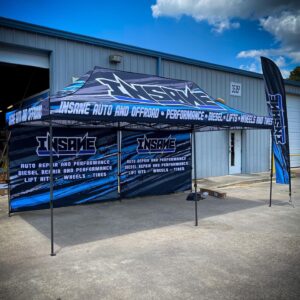
6.How easy is it to set up and dismantle a canopy pop-up tent?
Setting Up:
Unpack and Layout:
- Start by unpacking the canopy from its carrying case. Lay out the components on a flat and clear surface.
Extend the Frame:
- Most pop-up canopies have a collapsible frame that extends accordion-style. Pull the frame open until it locks into place. Some canopies have a central hub that simplifies this process.
Lock the Frame:
- Ensure that all frame components are fully extended and locked into position. Most pop-up canopies have push-button or pull-pin mechanisms to secure the frame.
Attach Canopy Fabric:
- Once the frame is fully extended, drape the canopy fabric over the frame. Many pop-up canopies have Velcro or hook-and-loop fasteners to attach the fabric securely to the frame.
Secure the Canopy:
- Fasten the canopy securely to the frame at all corners and along the sides. Some canopies have additional securing mechanisms to keep the canopy taut.
Adjust Height:
- Most pop-up canopies allow you to adjust the height to your desired level. This is typically done using push-button adjustments on the legs of the frame.
Stabilize with Weights:
- If the event is outdoors and windy, use weights or sandbags on the canopy legs to provide stability. This step is crucial for preventing the canopy from tipping over.
Dismantling:
Remove Weights:
- If you used weights or sandbags, start by removing them from the canopy legs.
Release Canopy Fabric:
- Unfasten the canopy fabric from the frame. Some canopies have quick-release mechanisms for easy detachment.
Adjust Height:
- If your canopy has adjustable height settings, lower the height to make it easier to collapse the frame.
Unlock Frame:
- Release any locking mechanisms on the frame. This might involve pressing buttons or pulling pins to unlock the frame.
Collapse Frame:
- Collapse the frame by pushing it together. Most pop-up canopies have a central hub that facilitates this process. Ensure all frame components are fully collapsed.
Fold Canopy Fabric:
- Neatly fold the canopy fabric, ensuring it remains clean and free from damage.
Pack into Carrying Case:
- Pack the collapsed frame and folded canopy fabric into the provided carrying case. This step ensures easy transportation and storage.
Store:
- Store the packed canopy in a cool, dry place, ready for the next use.

7.What are the recommended uses and applications for pop-up canopy tents?
Outdoor Events:
- Pop-up canopies are ideal for outdoor events such as fairs, festivals, markets, and concerts. They provide shade for vendors, participants, and attendees.
Trade Shows and Exhibitions:
- Businesses often use pop-up canopies at trade shows and exhibitions to create branded and easily recognizable spaces for showcasing products and services.
Sporting Events:
- Pop-up canopies offer shade for spectators, teams, or event organizers at sporting events. They can also serve as a base for first aid stations or promotional activities.
Parties and Celebrations:
- Canopies can be set up for outdoor parties, weddings, or celebrations, providing protection from the sun or light rain.
Picnics and Gatherings:
- Families and groups use pop-up canopies during picnics or gatherings in parks or other outdoor spaces to create a comfortable area for socializing.
Commercial Use:
- Businesses might use pop-up canopies for promotional events, product launches, or outdoor sales. Custom branding and printing on the canopy enhance visibility.
Construction Sites:
- Canopies are utilized at construction sites to provide shelter for workers, equipment, or materials.
Emergency Response:
- Canopies can be deployed in emergency situations to create temporary shelters for disaster relief, medical services, or coordination centers.
Farmers’ Markets:
- Vendors at farmers’ markets often use pop-up canopies to create a shaded and protected space for selling produce, crafts, or other goods.
Outdoor Retail:
- Retailers may use canopies for outdoor sales events, sidewalk sales, or promotions.
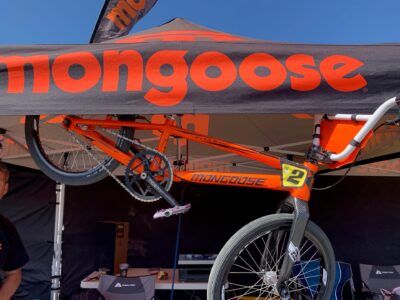
8.What benefits do pop-up canopies with sides provide, and in what scenarios are they most useful?
Enhanced Weather Protection:
- Canopies with sides provide better protection against wind, rain, and sunlight, creating a sheltered space for activities.
Privacy and Security:
- Sides offer increased privacy for events or activities where participants may require a more enclosed environment. They also help secure belongings within the canopy.
Temperature Control:
- Sides help in controlling the temperature inside the canopy by providing insulation against cold winds or acting as a barrier against direct sunlight.
Added Branding Opportunities:
- Canopy sides serve as additional surfaces for branding and promotional messages, maximizing visibility for businesses or sponsors.
Flexibility in Setup:
- The option to attach or detach sides provides flexibility in adapting the canopy to different weather conditions or privacy requirements.
Enclosed Event Spaces:
- Canopies with sides can create enclosed event spaces suitable for meetings, presentations, or VIP areas at outdoor gatherings.
Increased Comfort for Attendees:
- Attendees at events can enjoy increased comfort and protection from the elements, contributing to a positive experience.
Customization:
- Pop-up canopies with sides are customizable, allowing businesses and individuals to choose the level of enclosure, materials, and branding options.

9.When is a heavy-duty tent the best choice, and what features define its durability?
Material Quality:
- Heavy-duty tents are typically constructed from high-quality materials, such as thick and durable polyester or vinyl fabrics. These materials offer resistance to tearing, abrasion, and UV rays.
Frame Strength:
- The frame of a heavy-duty tent is often made from robust materials like aluminum or steel. The frame structure, including poles and connectors, is engineered for maximum strength and stability.
Reinforced Seams:
- Durability is enhanced through reinforced seams. The stitching on stress points and seams is reinforced to prevent tearing or fraying, ensuring the longevity of the tent.
Weather Resistance:
- Heavy-duty tents are designed to withstand various weather conditions, including strong winds, heavy rain, and exposure to sunlight. Weather-resistant coatings or treatments contribute to the tent’s ability to endure the elements.
Waterproofing:
- A heavy-duty tent is often equipped with waterproof features, such as sealed seams, waterproof fabrics, and a water-resistant coating. This ensures protection against rain and keeps the interior dry.
Fire Retardant:
- Tents intended for heavy-duty use may be treated with fire-retardant coatings or materials to enhance safety and comply with regulations for specific applications.
Versatility:
- Heavy-duty tents are versatile and suitable for a wide range of applications. They can be used for events, construction sites, military purposes, emergency response, and more.
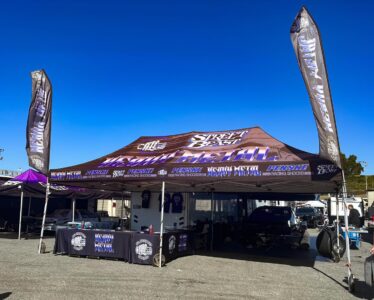
10.What are the essential considerations when purchasing a popup canopy for events or outdoor activities?
Size and Dimensions:
- Determine the size of the canopy based on the space available and the number of people it needs to accommodate. Consider the footprint when set up and the height clearance for comfortable use.
Frame Material and Construction:
- Choose a canopy with a durable frame made of materials such as aluminum or steel. The frame’s construction should be sturdy, and joints should be reinforced for stability.
Canopy Material:
- Opt for a canopy made from high-quality materials such as polyester or vinyl. Ensure that the material is UV-resistant, waterproof, and offers protection against the elements.
Portability and Weight:
- Consider the weight of the canopy and the ease of portability. Look for models with a lightweight yet robust design, and check if the canopy comes with a convenient carrying bag for transportation.
Setup Mechanism:
- Popup canopies should be easy to set up and take down. Look for canopies with a user-friendly design, featuring a simple pop-up mechanism or a collapsible frame for quick assembly.
Stability Features:
- Evaluate stability features such as leg weights, stakes, or sandbags to secure the canopy in windy conditions. Some models include built-in anchoring systems for added stability.
Ventilation:
- Ensure that the canopy provides proper ventilation to prevent heat buildup on warm days. Look for designs that include vents at the top to allow hot air to escape.
Customization Options:
- Check if the canopy offers customization options, such as the ability to add sidewalls, banners, or printed logos. This allows you to personalize the canopy for branding or specific event themes.
Durability and Weather Resistance:
- Choose a canopy that can withstand various weather conditions, including rain and sun exposure. Look for features like reinforced seams, UV coatings, and water-resistant materials.
Ease of Maintenance:
- Consider the maintenance requirements of the canopy. Models with removable and machine-washable canopies are convenient for keeping the shelter clean and well-maintained
Custom Pop up Canopy 10×10 Online
Custom 10×10 Pop Up Tent With Logo
High-Quality Vendor Tents 10X10 for Sale



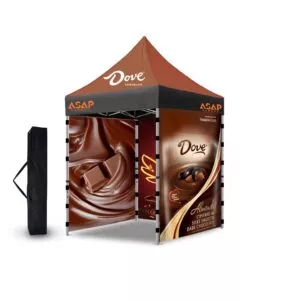
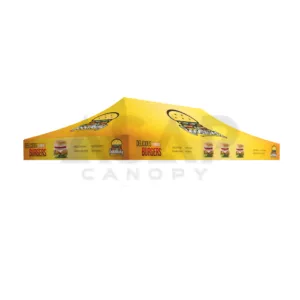
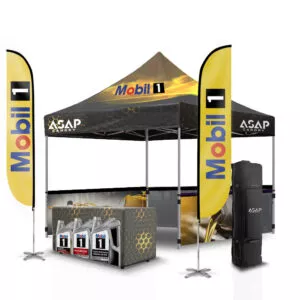
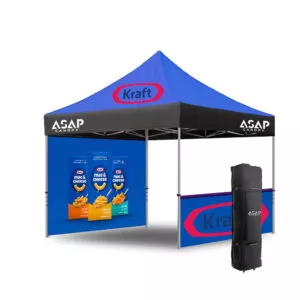
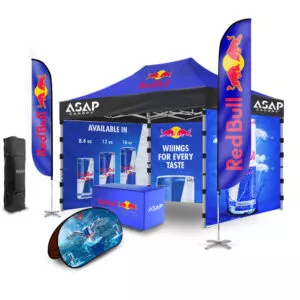
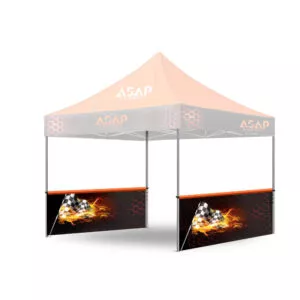

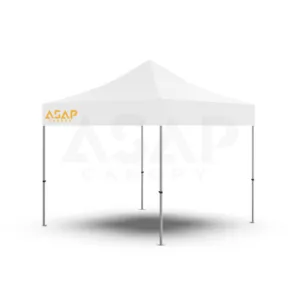
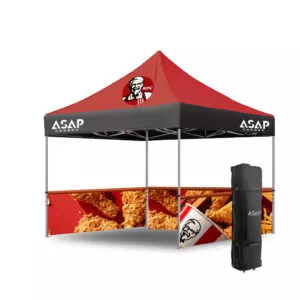

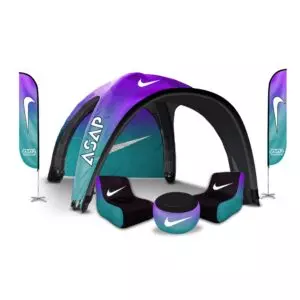
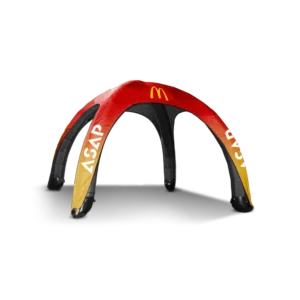
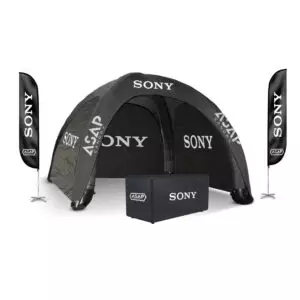
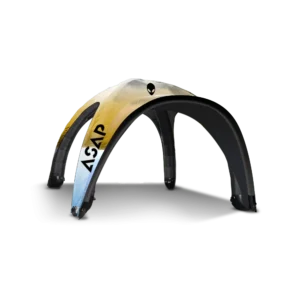
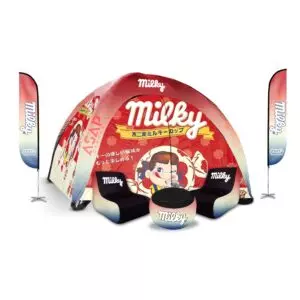

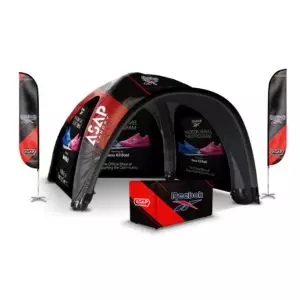
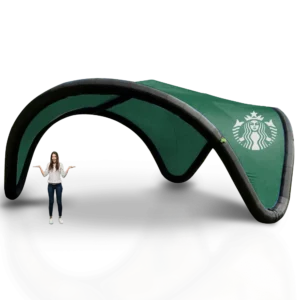
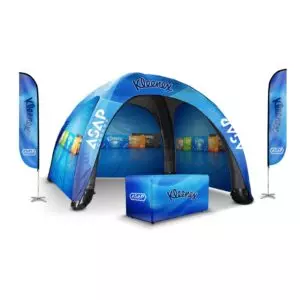

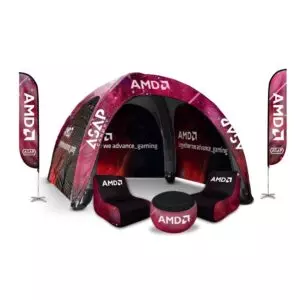
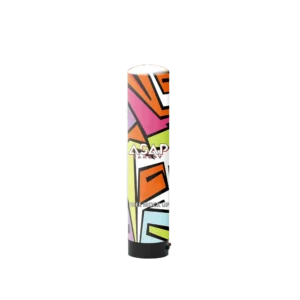

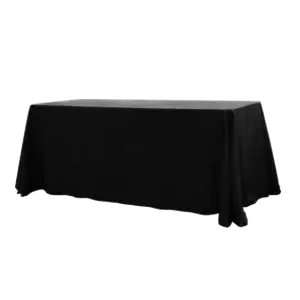

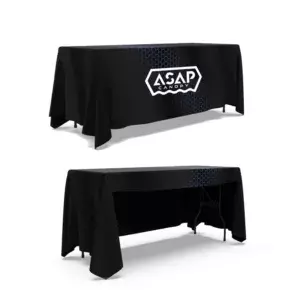

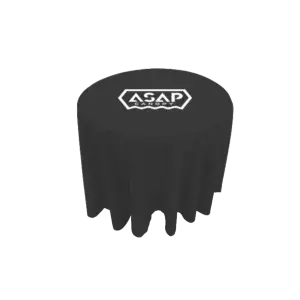
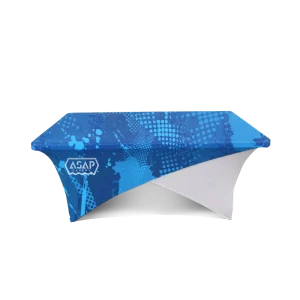
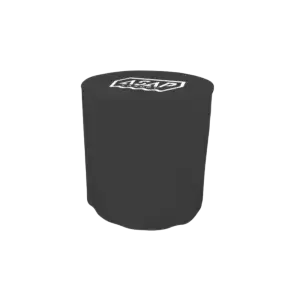
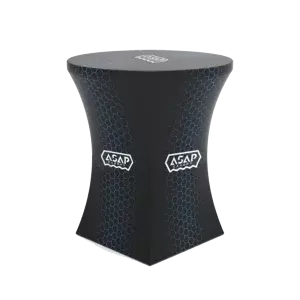
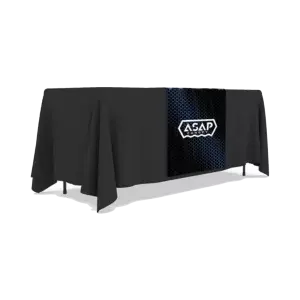
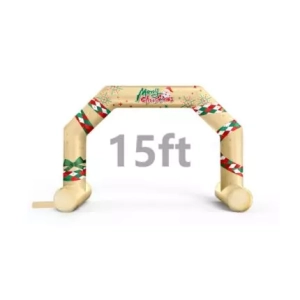
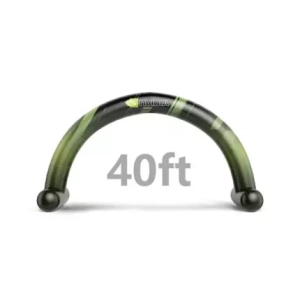
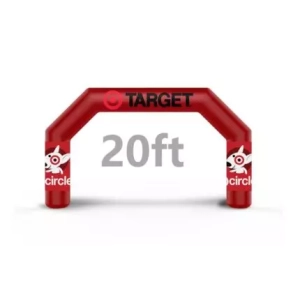
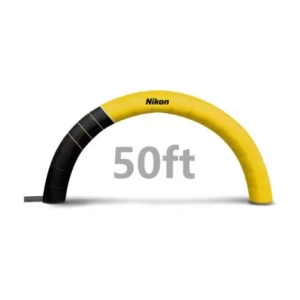

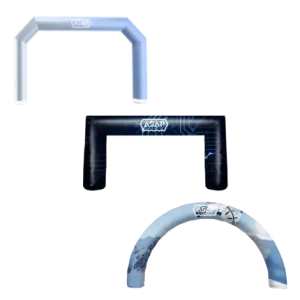
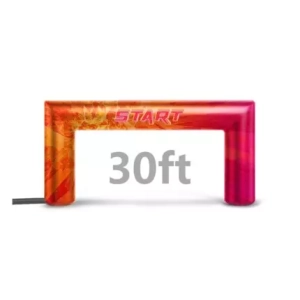



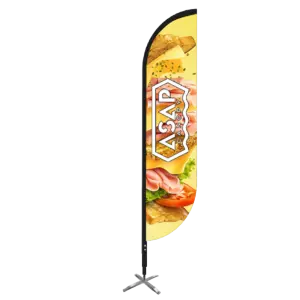
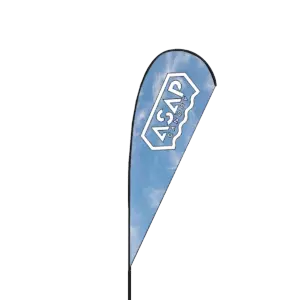
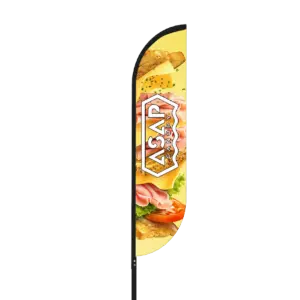

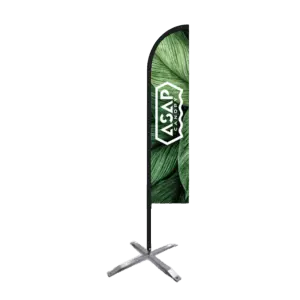

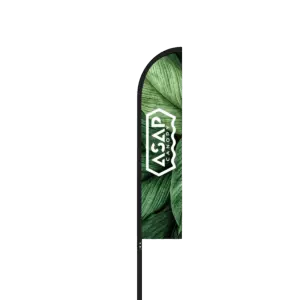



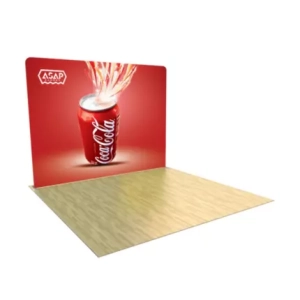
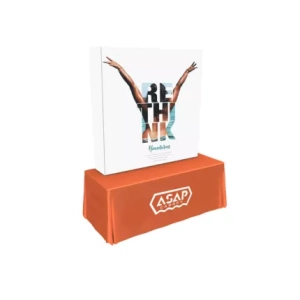
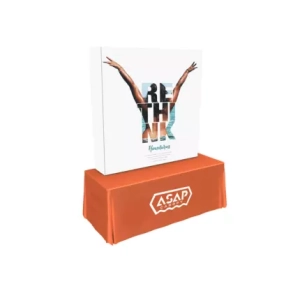
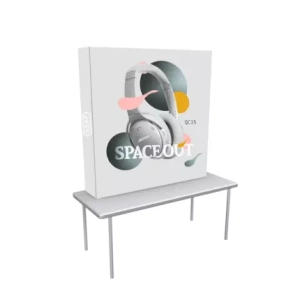
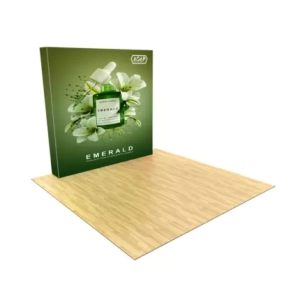
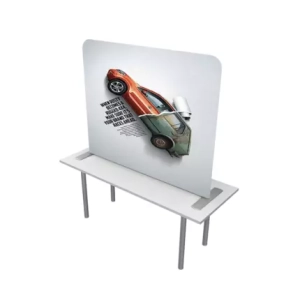
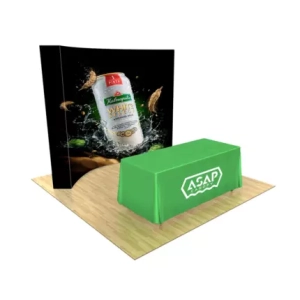
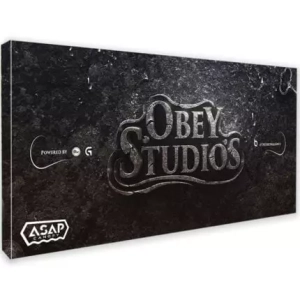




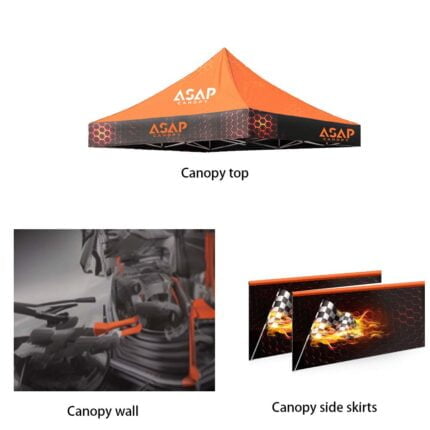
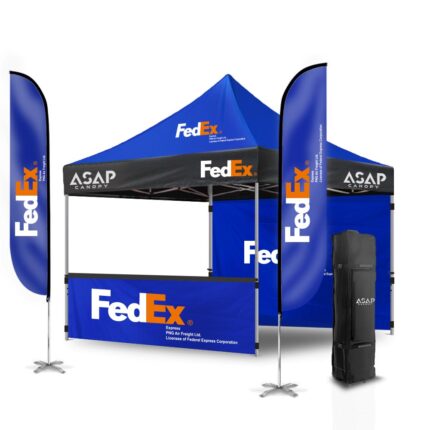
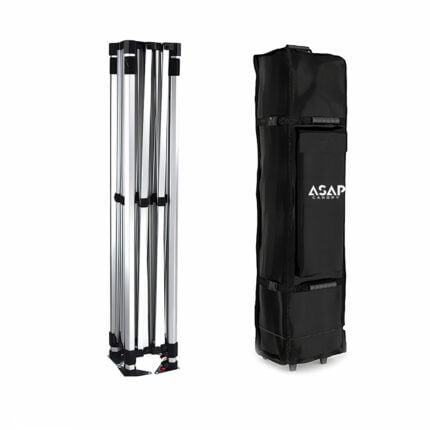
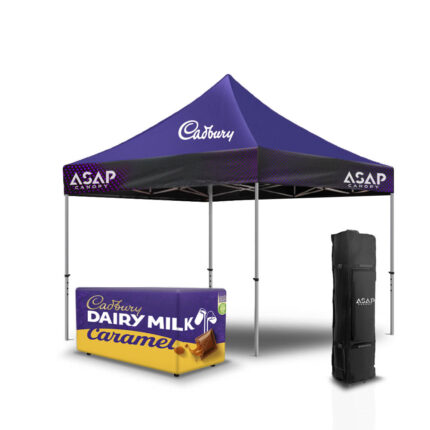
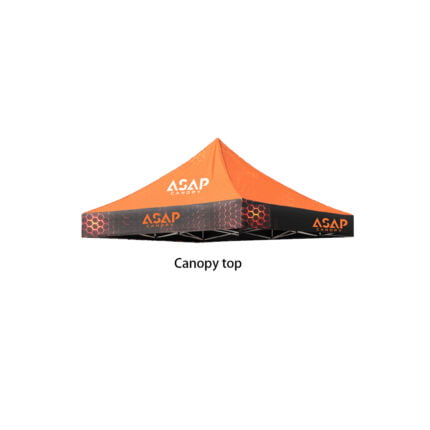
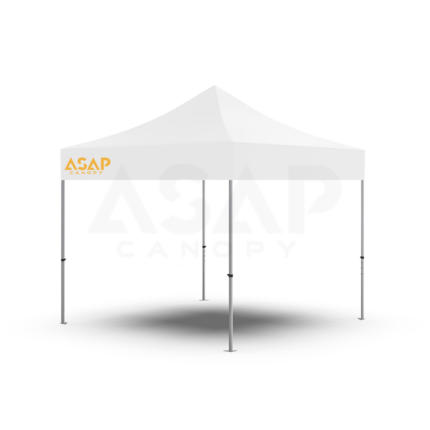


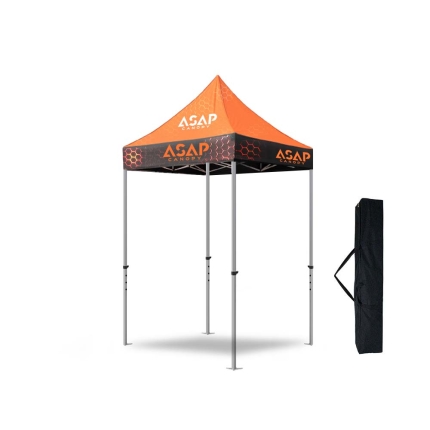
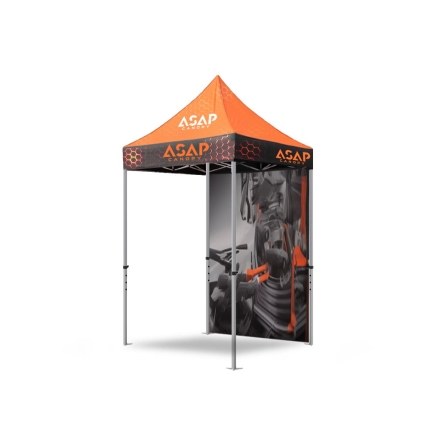


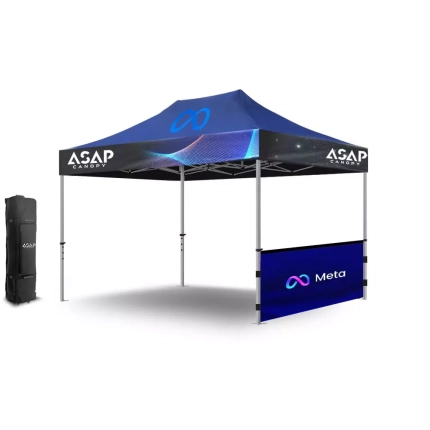


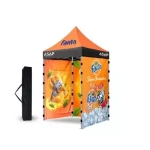 5×5 Pop Up Tent
5×5 Pop Up Tent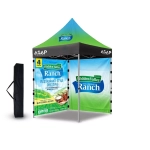 6.5×6.5 Pop Up Tent
6.5×6.5 Pop Up Tent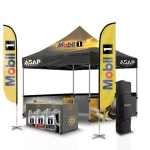 10×10 Canopy Tent
10×10 Canopy Tent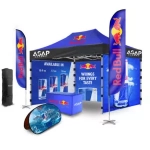 10×15 Canopy Tent
10×15 Canopy Tent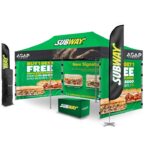 10×20 Canopy Tent
10×20 Canopy Tent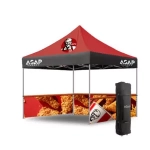 Canopy Options
Canopy Options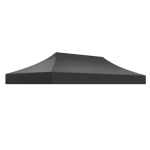 Blank Canopy Top
Blank Canopy Top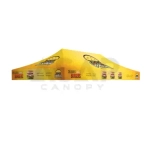 Canopy Top
Canopy Top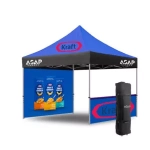 Canopy Walls
Canopy Walls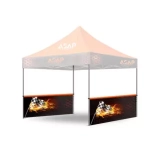 Canopy Side Skirt
Canopy Side Skirt Blank Canopy
Blank Canopy Blank Canopy Kit
Blank Canopy Kit
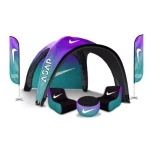 Inflatable Canopy Tents 10×10
Inflatable Canopy Tents 10×10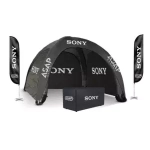 Inflatable Canopy Tents 13×13
Inflatable Canopy Tents 13×13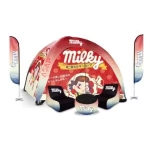 Inflatable Canopy Tents 16×16
Inflatable Canopy Tents 16×16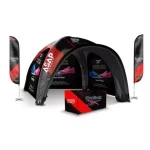 Inflatable Canopy Tents 20×20
Inflatable Canopy Tents 20×20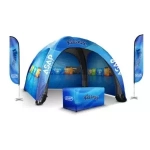 Inflatable Canopy Tents 23×23
Inflatable Canopy Tents 23×23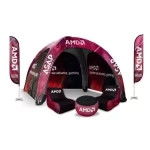 Inflatable Canopy Tents 26×26
Inflatable Canopy Tents 26×26 Inflatable Spider Tents
Inflatable Spider Tents Inflatable Dome Tents
Inflatable Dome Tents Inflatable Eclipse Tents
Inflatable Eclipse Tents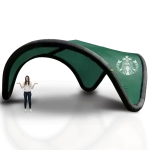 Inflatable Party Tent
Inflatable Party Tent Inflatable Furniture
Inflatable Furniture Inflatable Pillar
Inflatable Pillar
 Single Pole Star Tents
Single Pole Star Tents Double Pole Star Tents
Double Pole Star Tents
 15FT Inflatable Arches
15FT Inflatable Arches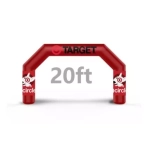 20FT Inflatable Arches
20FT Inflatable Arches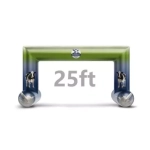 25FT Inflatable Arches
25FT Inflatable Arches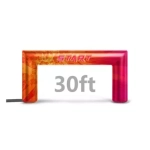 30FT Inflatable Arches
30FT Inflatable Arches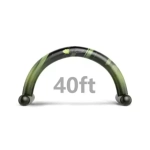 40FT Inflatable Arches
40FT Inflatable Arches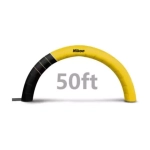 50FT Inflatable Arches
50FT Inflatable Arches Custom Constant Arches
Custom Constant Arches Custom Sealed Arches
Custom Sealed Arches
 Fitted Table Covers
Fitted Table Covers Stretch-Fit Table Covers
Stretch-Fit Table Covers Loose Table Throws
Loose Table Throws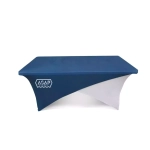 Cross-Over Stretch-Fit Table Cover
Cross-Over Stretch-Fit Table Cover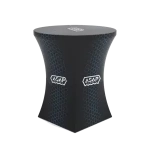 Round Stretch-Fit Table Cover
Round Stretch-Fit Table Cover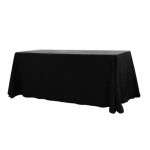 Blank Table Throws
Blank Table Throws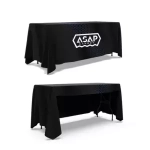 3-Sided Loose Table Throw
3-Sided Loose Table Throw Round Fitted Table Covers
Round Fitted Table Covers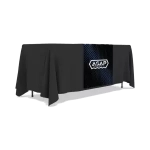 Table Runners
Table Runners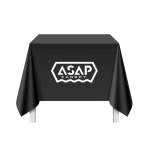 Square Table Covers
Square Table Covers
 Feather Flags
Feather Flags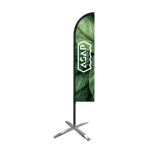 Blade Flags
Blade Flags Feather Banner
Feather Banner Blade Banner
Blade Banner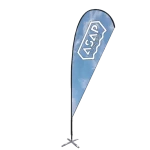 Teardrop Flags
Teardrop Flags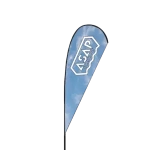 Teardrop Banner
Teardrop Banner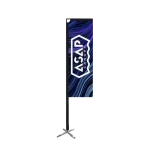 Rectangle Flags
Rectangle Flags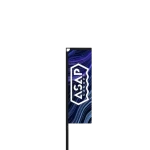 Rectangle Banner
Rectangle Banner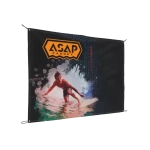 Mesh Event Banners
Mesh Event Banners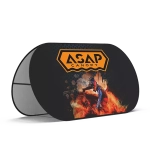 Pop Out Banner Horizontal
Pop Out Banner Horizontal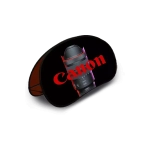 Pop-Out Banner Vertical
Pop-Out Banner Vertical
 Trade Show Display
Trade Show Display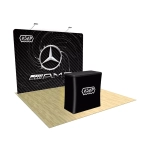 Trade Show Display Kit
Trade Show Display Kit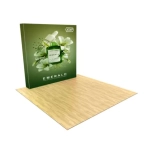 Pop Up Trade Show Display
Pop Up Trade Show Display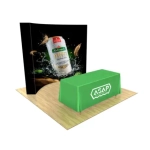 Pop Up Trade Show Display Deluxe Kit
Pop Up Trade Show Display Deluxe Kit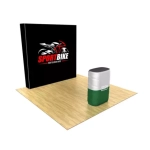 Pop Up Trade Show Display Kit
Pop Up Trade Show Display Kit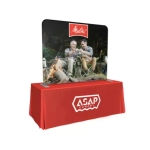 TableTop Displays Kit
TableTop Displays Kit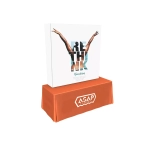 Pop Up Tabletop Display Kit
Pop Up Tabletop Display Kit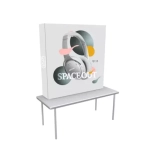 Pop Up Tabletop Display
Pop Up Tabletop Display Tabletop Display
Tabletop Display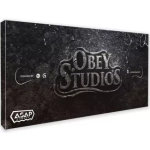 Straight Trade Show Exhibit Booth
Straight Trade Show Exhibit Booth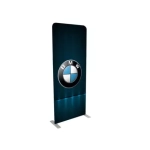 Banner Stand
Banner Stand
 Tent Accessories
Tent Accessories Flag Accessories
Flag Accessories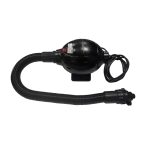 Arch Accessories
Arch Accessories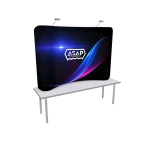 Trade Show Accessories
Trade Show Accessories
